
 DoneThat
DoneThat
Bus exhibits, London Transport Museum, Covent Garden, London
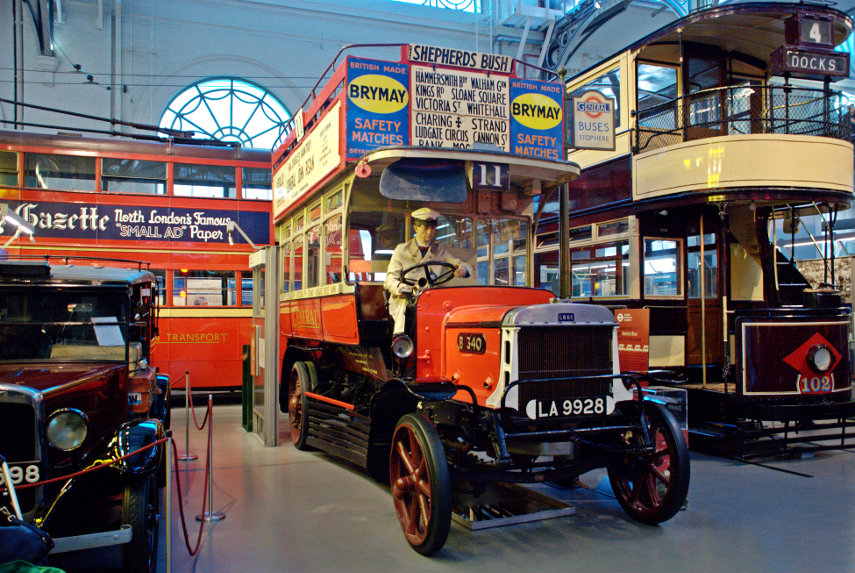
An early B-type London General Omnibus Company open top motor bus introduced in 1910.
This was the first reliable mass-produced motorbus which was highly successful and over 3,000 were produced. Its top speed was 16 miles an hour, which was above the legal speed limit at that time of 12 miles an hour and it carried 16 passengers inside and had seats for 18 on the uncovered top deck.
| Comment |
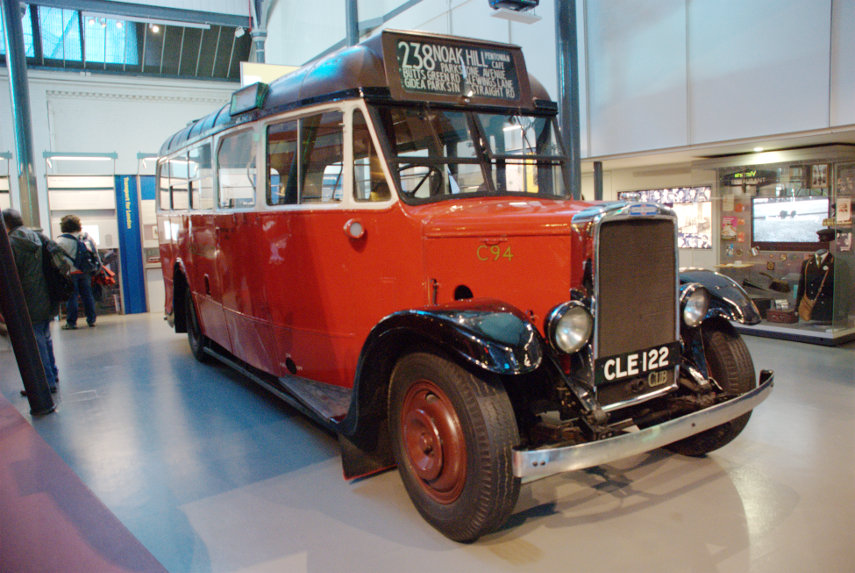
This single deck London bus is a Leyland Cub operated out of Enfield from 1936 until 1940. This is an early example of a bus built with a diesel engine and the door was pneumatically powered, providing a draught-free journey for the passengers.
| Comment |
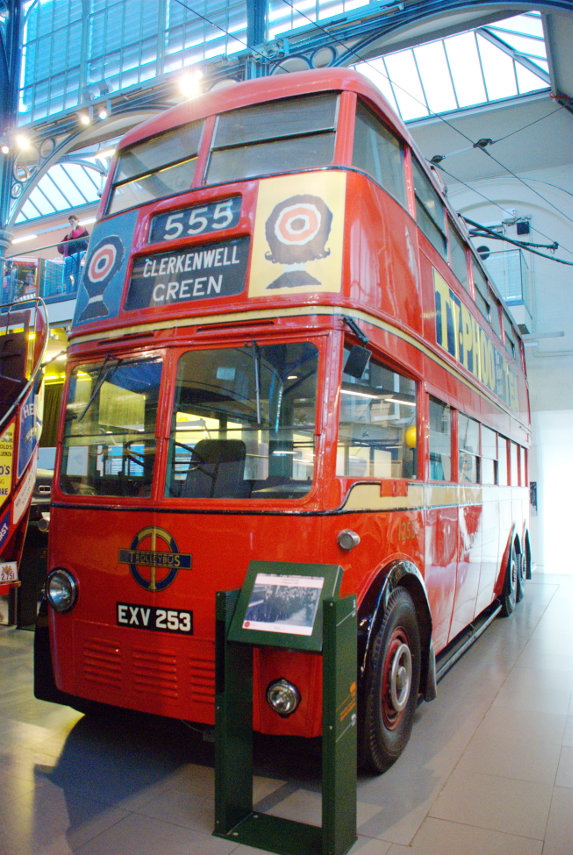
Trolley buses were introduced in 1931 and finally phased out in 1962. They were called trolley buses because of the trolley on the roof which connected to the overhead power cable. Being electric they were much quieter than motor buses with rapid acceleration.
I actually travelled on these buses many times in my younger days and can vouch for their performance.
| Comment |
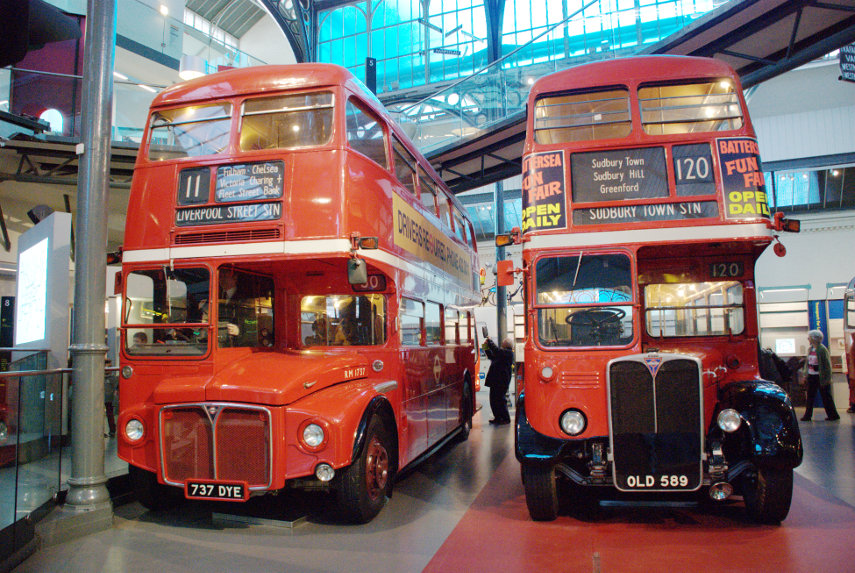
The Routemaster bus on the left was in service between1956 and 2005, was the first London bus to have a fully automatic gearbox and was designed to replace the trolley buses. Some of these Routemasters still operate as 'heritage' vehicles on some routes.
The bus on the right is an older RT type which was in service from 1947 to 1954.
| Comment |
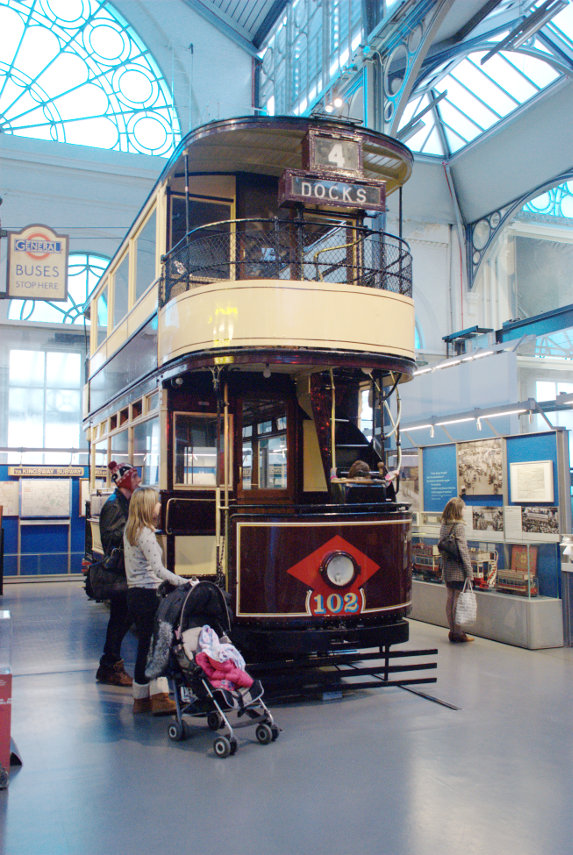
London trams were finally taken out of service in 1952. I can remember travelling on one of these trams, as a child, through the Kingsway Tunnel and out on to the Embankment.
That service, for double decker trams, was started in 1931 after the tunnel was enlarged. It is still possible to see one of the entrances to the old tram tunnel in Southampton Row near the junction with Theobald's Road.
| Comment |